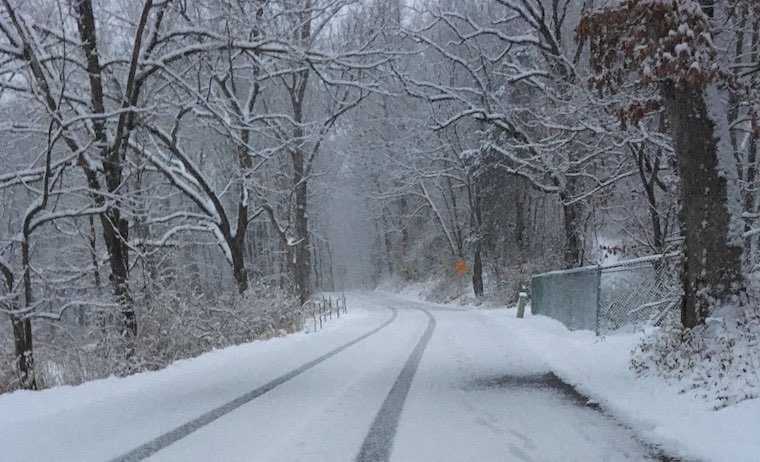Winter ushers in cooler temperatures that require a solution to stay toasty and warm in your property. While the world seems to slow down a bit to venture indoors, the blankets, mittens, and heaters come out. Unfortunately, winter also brings the potential for certain fire risks that we don’t see in other seasons. FloodSERV is sharing helpful winter fire safety tips to prevent the unthinkable from happening to your home or business.
The Facts About Winter Fires
You may be wondering if you actually need winter fire safety tips. After all, it seems like common sense. But the facts about winter fires paint a different picture. Consider these statistics:
- Between 2013 and 2015 there was an average of 45,900 home heating fires each year in the U.S.
- After cooking fires, heating is the second most prevalent cause of residential house fires.
- A heating fire is most likely to occur between 5-9 PM, peaking between 6 and 8 PM.
- Approximately 29% of non-confined fires as a result of heating started because the source was too close to flammable materials.
- December, January, and February see the most heating fires, although it is the second highest contributor to residential fires in the United States, no matter the season.
Winter Fire Safety Tips
Below, you’ll find some of the most common causes of winter fires that you’ll want to monitor, and several winter fire safety tips to combat the threats posed by each. An ounce of prevention goes a long way!
1. Keep Distance Between Heating Sources
Space heaters, fireplaces, and other heating sources should be kept a minimum of three feet away from any flammable items. Turn heaters off when you leave the room, and look for a model that has automatic shut-off should it fall over. Do not allow children or pets near heating sources. If you utilize the fireplace, place a screen in front of it. Do not go to bed unless the fire has been put out and be sure to dispose of any ashes properly. With these heating sources, it is always smart to install and test a carbon monoxide detector at least once a month.
2. Use Caution With Candles
Candles make a space inviting and add a sense of warmth to the ambiance. While common decorative items, candles can also come in handy during winter power outages caused by severe weather. No matter the reason for lighting the wick, use caution with candles. Keep them out of reach of pets, children, curtains, and other flammable materials. Be sure to extinguish all candles before going to bed or leaving the house. Use care when lighting and extinguishing candles.
3. Faulty Wiring is Foe
Nearly half of home electrical fires result from overloaded circuit distribution and lighting. The other portion is comprised of electrical issues from home appliances such as the washer and dryer fan, as well as space heaters. Avoid placing a heavy demand on outlets. Limit the number of things you have plugged up at one time. Turn off anything that uses electricity when you’re not in the room. If your electrical company offers surge protection, consider purchasing it. Consider having an electrician inspect the property’s wiring if you have any concerns.
4. Cook With Care
Keep a fire extinguisher on hand in case of emergency. Turn pot and pan handles inwards to avoid bumping them. Never leave cooking food unattended, and never cook while drowsy or under the influence. Never use water to put out a grease fire — rather smother it with a baking sheet before putting it out with salt or baking soda.
Stay Safe and Warm This Winter
FloodSERV hopes our clients will use caution with heating sources, lighting, candles, and all sources of fire concern. However, we do understand that accidents happen, and often at the worst time. Should you find yourself in need of fire damage restoration services, contact FloodSERV 24/7/365.

